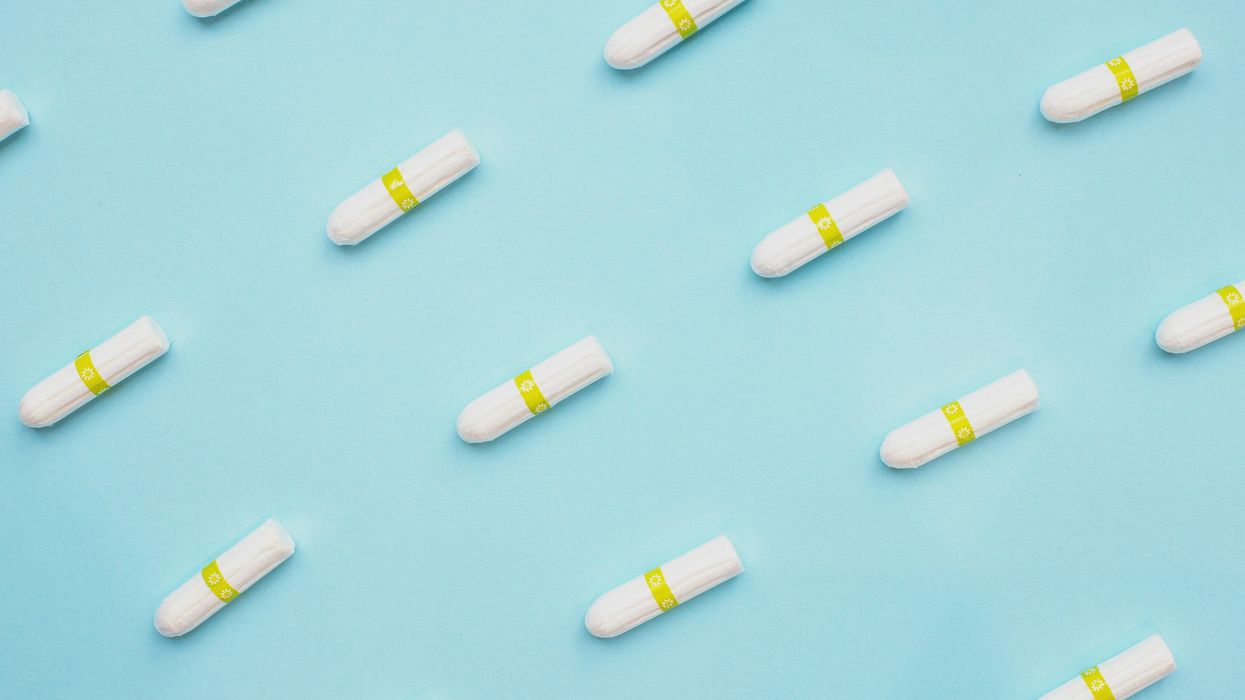A recent study has revealed the presence of toxic metals, including arsenic and lead, in tampons, raising significant health concerns. This groundbreaking research, conducted by scientists from UC Berkeley, Columbia University, and Michigan State University, is the first to comprehensively measure metal concentrations in tampons.
Key Findings
The study tested 30 tampons from 14 different brands, examining 16 metals: arsenic, barium, calcium, cadmium, cobalt, chromium, copper, iron, manganese, mercury, nickel, lead, selenium, strontium, vanadium, and zinc. Disturbingly, all tampons contained measurable quantities of these metals, with significant variations based on factors such as region of purchase, organic vs. non-organic composition, and brand type.
- Lead: Found in all tested tampons, with higher concentrations in non-organic brands. Lead exposure, even at low levels, can cause severe health issues, including brain damage, kidney failure, and reproductive problems.
- Arsenic: Surprisingly higher in organic tampons. Arsenic exposure is linked to cancer, cardiovascular disease, and neurological damage.
- Cadmium: Detected in various brands, known for causing kidney damage and being linked to cardiovascular issues.
Health Implications
The vagina's mucous membrane has a high absorption capacity, potentially increasing the risk of these metals entering the bloodstream. Chronic exposure to these toxic metals can lead to various health issues, such as dementia, infertility, diabetes, and cancer. They can also harm maternal health and fetal development, making this issue particularly pressing for women of reproductive age.
Sources of Contamination
Several pathways for metal contamination in tampons were identified:
- Raw Material Contamination: Cotton and other materials used in tampons might absorb metals from water, air, or soil.
- Manufacturing Processes: Metals could be added during manufacturing, as part of pigments, whiteners, or antibacterial agents.
- Environmental Contaminants: Proximity to industrial sites like lead smelters can lead to contamination.
Researchers emphasize the need for more stringent regulations and testing of menstrual products. They advocate for mandatory testing of tampons for toxic metals and better product labeling to inform consumers about potential risks.
This study, published in Environment International, highlights the urgent need for further research to understand the health impacts of these metals and to develop safer menstrual products (MedXpress) (New Atlas) (Medical Daily).
For more details, you can read the full study here.















 Dr. Cary S. Kaufman teaches the "Essentials of Oncoplastic Surgery" course through the National Consortium of Breast Centers, providing breast surgeons around the world with advanced techniques for optimal breast surgery outcomes.
Dr. Cary S. Kaufman teaches the "Essentials of Oncoplastic Surgery" course through the National Consortium of Breast Centers, providing breast surgeons around the world with advanced techniques for optimal breast surgery outcomes.
 Dr. Jay Harness, MD, FACS, founder of Cancer Fitness, believes that when a woman begins exercising after breast cancer, it marks the start of her personal reconstruction journey.
Dr. Jay Harness, MD, FACS, founder of Cancer Fitness, believes that when a woman begins exercising after breast cancer, it marks the start of her personal reconstruction journey.
